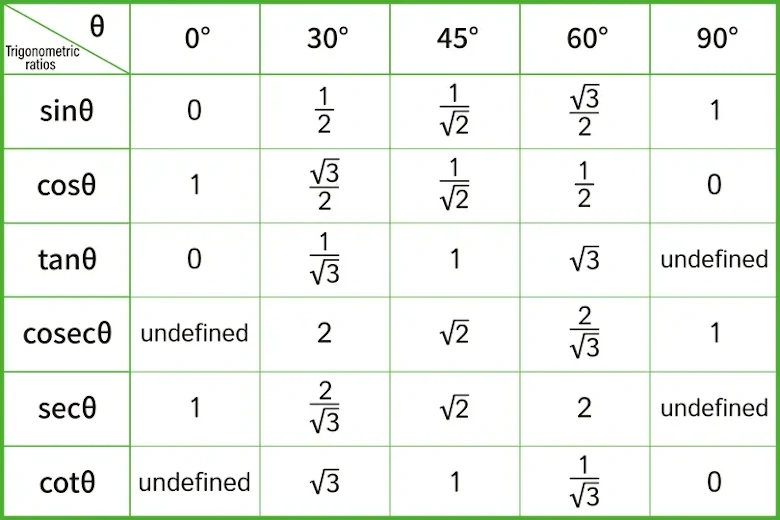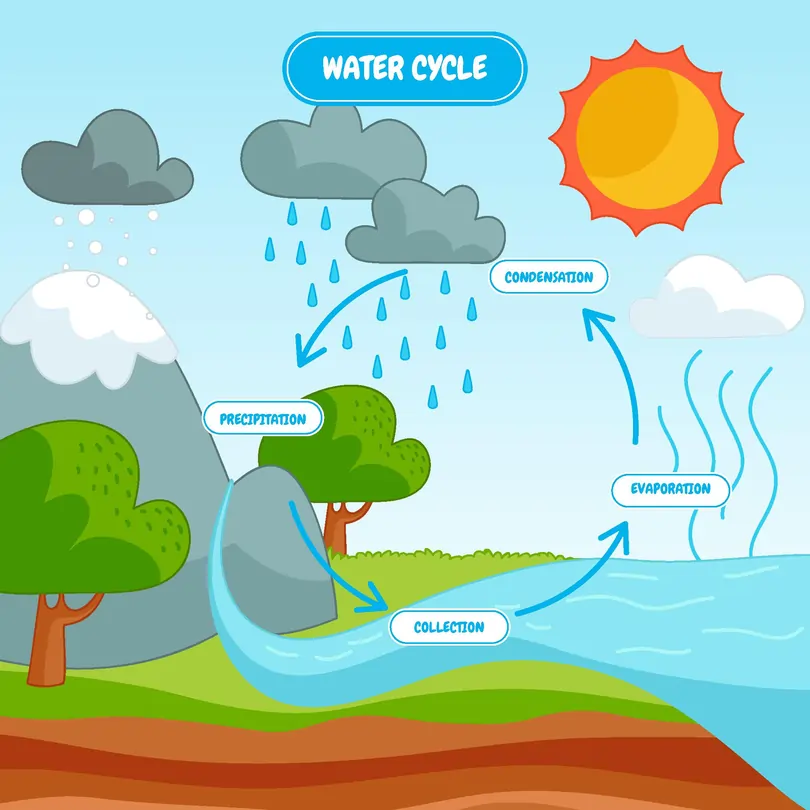GCE O-Level 2025 Exam Format
*updated on 20 January 2025
Understanding the O-level exam format
When it comes to preparing for an important paper, it is essential for students to have a clear understanding of the topics being tested, as well as familiarising themselves with the exam format. Over here, we have compiled a table of what you can expect from each subject.
English
Paper 1 (Writing)
Section A (Editing) - 10 marks
Students will need to identify and edit grammatical errors in a short written text.
Section B (Situational writing) - 30 marks
Students are required to compose a 250-350 word piece based on the given situation. This section involves analysing visual text.
Section C (Continuous writing) - 30 marks
Students will need to write 350–500 words in continuous prose on one of four topics set. The topics may cover different types of texts such as narrative or exposition writing.
Paper 2 (Comprehension)
Students are assessed based on their ability to write grammatically correct language. They will be expected to comprehend visual and textual information. This paper has a mix of Multiple Choice Questions (MCQs) and open-ended questions. Students will be tested on vocabulary, visual text comprehension, and the use of language for impact across various texts.
Section A - 5 marks
Students will be required to answer questions based on a visual text and a written text.
Section B - 20 marks
Students will be required to respond to various questions based on a written text, which could be a narrative or a recount.
Section C - 25 marks
Students will be required to answer various questions based on a non-narrative text and to write an 80-word response for a summary writing task.
Paper 3 (Listening)
Section A - 22 marks
Students will be required to respond to various listening tasks based on several audio recordings, which candidates will listen to twice.
Section B - 8 marks
Students will be required to listen to an audio recording and engage in a simple note-taking exercise. The recording will be played only once.
Paper 4 (Oral Communication)
The two parts of this paper are thematically connected.
Part 1 (Planned response) - 15 marks
Students plan and deliver a response to a video clip and the accompanying prompt displayed on a computer screen.
Part 2 (Spoken interaction) 15 marks
Students will need to engage in a discussion with the examiners on a topic based on the same video clip.
Literature in English
Paper 1 (Prose and Unseen Poetry)
Section A (Prose)
Section B (Unseen poetry)
In this section, there won't be any set texts. Instead, students will have a choice between two unseen poems, each with a dedicated question. They are expected to respond to one of these two questions. This section also contributes 25% to the overall assessment.
Paper 2 (Drama)
Maths
Paper 1
There will be about 26 short answer questions. It is mandatory for students to answer all of the questions in the paper.
Paper 2
There will be 9 to 10 questions of varying marks and lengths. The last question in this paper will focus specifically on applying mathematics to a real-world scenario. It is mandatory for students to answer all of the questions in the paper.
Additional Mathematics
Paper 1
There will be 12 - 14 questions of varying marks and lengths, up to 10 marks per question. It is mandatory for students to answer all of the questions in the paper. The weightage of this paper is 50%.
Paper 2
There will be 9 to 11 questions of varying marks and lengths, up to 12 marks per question. It is mandatory for students to answer all of the questions in the paper. The weightage of this paper is 50%.
Pure Physics
In the O Level examination, students will be required to sit for Papers 1, 2 and 3. Papers 1 and 2 are theory papers with multiple-choice and structured questions and paper 3 will be a practical assessment.
Paper 1 (Multiple choice)
This paper will consist of 40 compulsory multiple-choice items.
Paper 2 (Structured and free response)
This paper will consist of two sections. Section A will carry 70 marks and will consist of a variable number of compulsory structured questions. The last two questions will be worth 20 marks, one of which will be a data-based question worth 8-12 marks each.
Section B will carry 10 marks and will consist of 2 questions. Students are required to answer any one of these two questions.
Paper 3 (Practical assessment)
This paper will consist of 2 sections. Section A will carry 20 marks and will consist of 1–2 compulsory practical experiment questions with a total duration of 55 min. Section B will carry 20 marks and will consist of one compulsory 55-minute practical experiment question.
Pure Chemistry
In the O Level examination, students will be required to sit for Papers 1, 2 and 3. Papers 1 and 2 are theory papers with multiple-choice and structured questions.
Paper 1 (Multiple choice)
This paper consists of 40 compulsory multiple-choice items. A copy of the Periodic Table of Elements will be printed as part of this Paper.
Paper 2 (Structured and free response)
This paper consists of two sections.
Section A will carry 70 marks and consists of a variable number of compulsory structured questions. The last two questions will be worth 20 marks, one of which will be a data-based question worth 8-12 marks each.
Section B will carry 10 marks and consists of two questions. Students are required to answer any one of these two questions.
Paper 3 (Practical)
This paper consists of a variable number of compulsory practical questions.
One, or more, of the questions may incorporate assessment of Planning (P) and require candidates to apply and integrate knowledge and understanding from different sections of the syllabus.
Pure Biology
In the O Level examination, students will be required to sit for Papers 1, 2 and 3. Papers 1 and 2 are theory papers with multiple-choice and structured questions.
Paper 1 (Multiple choice)
This paper will consist of 40 compulsory multiple-choice items.
Paper 2 (Structured and free response)
This paper consists of two sections.
Section A will carry 70 marks and consists of a variable number of compulsory structured questions. The last two questions will be worth 20 marks, one of which will be a data-based question worth 8-12 marks each.
Section B will carry 10 marks and consists of two questions. Students are required to answer any one of these two questions.
Paper 3 (Practical assessment)
This paper contains a variable number of compulsory practical questions.
History
Paper 1: Extension of European control in Southeast Asia and challenges to European dominance, 1870s–1942
Paper 2: Developments in the post-World War II world: The Cold War and decolonisation in Southeast Asia, 1940s–1991
If you found this helpful, be sure to explore our related articles to help you prepare for O-levels.


 SG
SG  VN
VN 


















